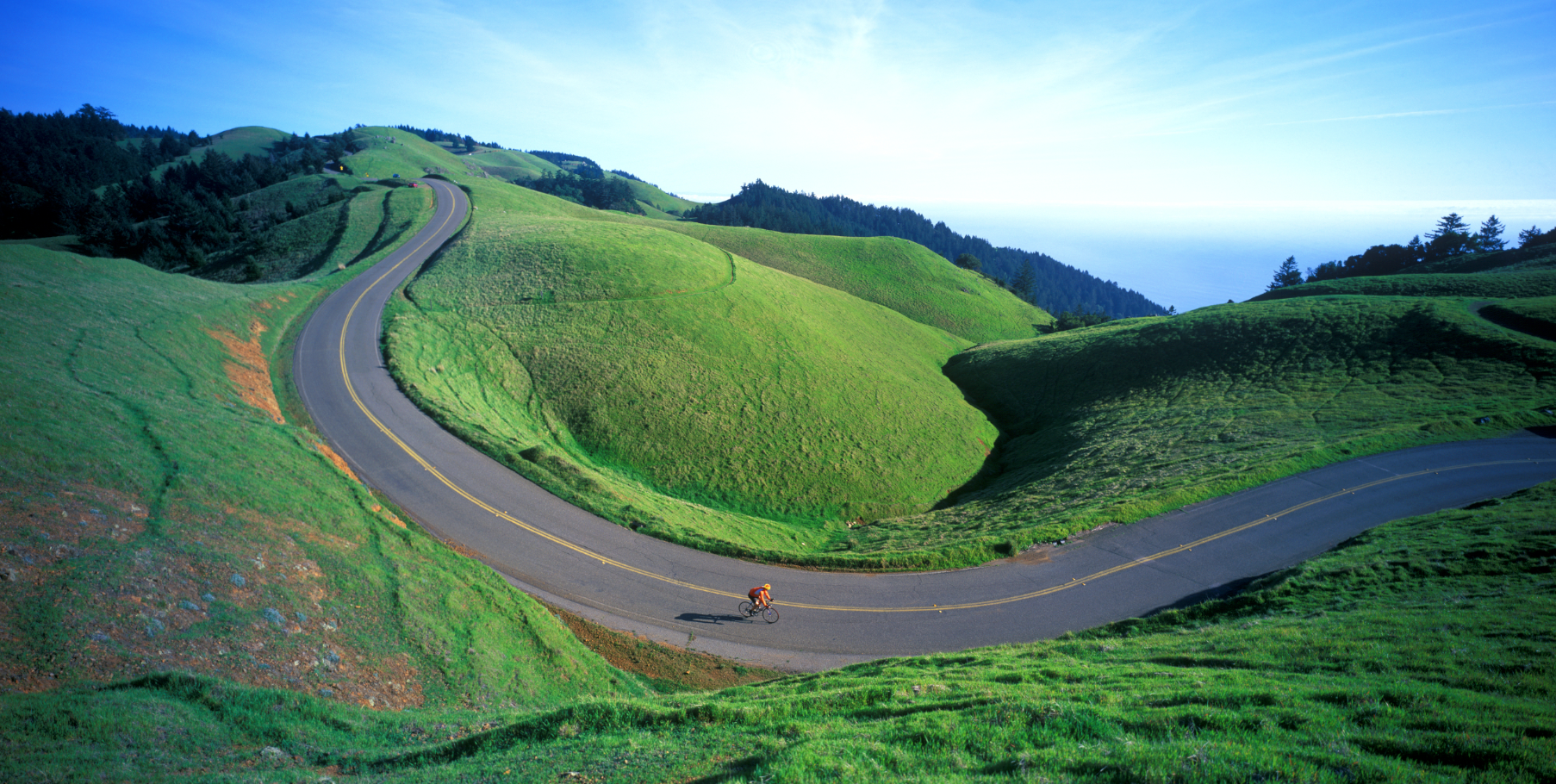Terroir is a word used to describe the taste in a wine that gives the sense of the land and climate and place that it came from. It’s the notion that the land and conditions of that time period are translated directly into the grapes and the wine itself. Beer, bread, cheese, most food will on some level have the taste of a place, but is obscure or at least indescribable.
Music is a trip. Literally. It takes us to far away places, it takes us to places deep within ourselves. It also comes from those places, music is a mysterious interpretation of all that is life, place and self. We hear altitude, temperature, distance, we hear the ambient sounds of animals and water and wind and light. We hear impressions of machines and motion, music of horses, trains, cars and highways. We hear terrain, deep valleys and broad plains. (This is often talked about with Icelandic music. ) We also hear interaction and communication, far beyond lyrics.
This is the terroir of music. It contains the climate, terrain and ‘culture’. I grew up in the North Bay during a time of great musical creativity. The deep and narrow redwood valleys of steep highs and lows, and weather that shifts unpredictably and frequently with the fog. Many musicians lived in Mill Valley of the late sixties and seventies, many evacuees from the city and chaos that followed the idealistic zenith of hippie culture. The town is tucked away into the hills and hidden in the redwood trees, poking straight out of the chaotic terrain like some kind of instrument themselves. Secret pockets of the forest, bald promentories, peaks and valleys, ocean and mountain cliffs, this is the ‘wild edge’ of great change. Within a serene overlay, mountains are forming, fog plays the trees and great geological, environmental and cultural shifting occurs. Three artists stick with me as capturing the terrior with their music, The Grateful Dead, Vince Guaraldi and Dan Hicks.
Samples.
In my head, Terrapin Station is Bolinas ridge which arches down steeply to the Pacific like a backbone of a giant whale. Robert Hunter’s lyrics were inspired by a nightscape over San Francisco from up on sutro hill.
(Urban Jazz sounds are most complex and exciting because the early 20th city life was exciting and complex, rhythmic and melodious chaos bouncing off the concrete canyons and high rises with a beehive of all different kinds of people interacting. This was wildness at work. Neither dictatorial or utopian order imposed, it was free to range. The music inspired in the bay area of the time had probably tapped into the wildness that was Wild California, for it was only decades earlier that it was wild – a frontier concludes and the wild reverberates and echos until it’s diminished. Thus is the resonating power of nature, like a slow tsunami it’s inertia is so broad as to be imperceptable – this refers to another post I will write which ascribes the creativity and entrepreneurship of the bay area of the time to these same reverberations, that continue despite a violent intervention of the natural course when europeans arrived, when gold was discovered.)
Some music plays to cliches, and it’s also easy to project our own cliches and classism into music. One can listen elementally, though…sounds of an environment: A train, moves like this, a horse, moves like this, chickens, farm animals, sound like this. Listen to Indonesian guitar. Listen to big band Jazz out of Harlem. Listen to the melody’s and lyricism of the islands Madagascar and West Africa, hear the diversity of environment, the density of a forest with countless interactions and secrets.
How did music change as the train was introduced into American life? Add a dash of New York City or LA, maybe the Louisiana bayou or the open frontiers of the West. Was the ‘high lonesome sound’ the sound of a train coming from and leaving to a great distance. Riding the train, a whole different sound.
This all gets into the idea of what exactly is music. Like the bovine cave paintings of early humans, clearly music expresses nature, particularly bird songs to which the human ear is perfectly tuned, mixed with our heartbeat and the beat of our step or pounding grain. Sound comes with so many visuals, unlike the visual, which I don’t see as coming with sound. Thus the ‘escape’ that is music, we can travel far and wide in place and time as we listen, because it’s like food for our imagination, intertwined.
Rickie Lee Jones once described writing a song as if ‘decorating a room’. This is both abstract and real. I try to forensically listen and tour these spaces and landscapes and slices of history. I listen to whole concerts from the Grateful Dead’s repertoire and imagine not only where that music came from, but also the halls filled with people where it’s being played, an impression. In the Dead taping world there’s what is known as ‘matrix’ recordings, usually clean sounding sound board copies mixed with audience tapes. One can, here the room, hear the concert goers, interpret the mood of the music and shouts from the crowd, and a rare spoken word or two, maybe with a historical context.
My most profound experience with environment and music was in high school, in the summers I spent working at the Marine Mammal Center in the Marin Headlands. They possessed a collection of underwater mammal reel-to-reel recordings and the ambiance and songs of the creatures were an auditory world that defies words.
